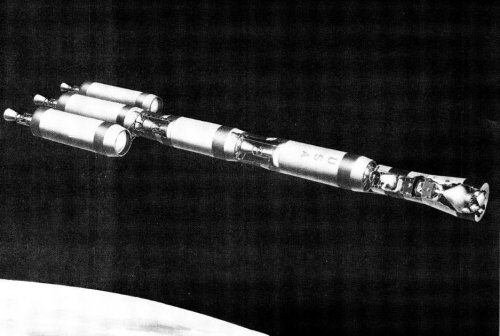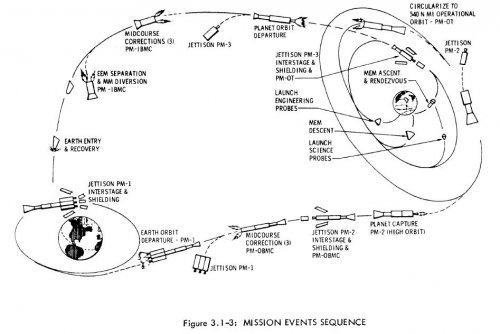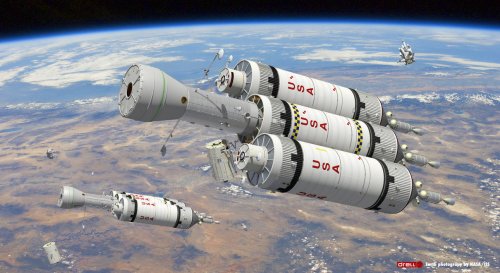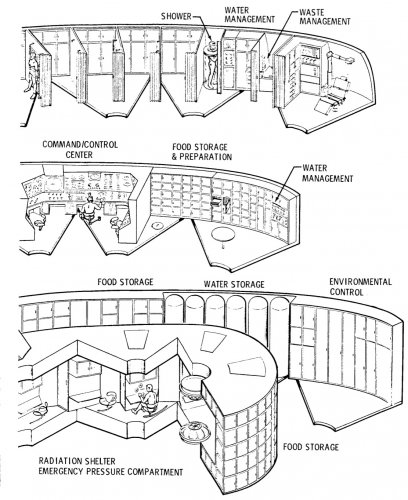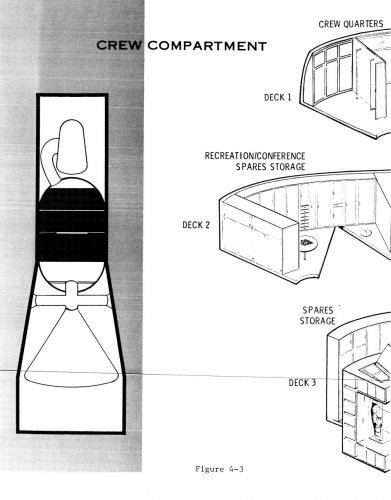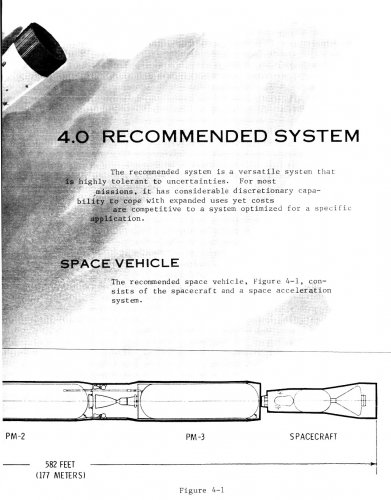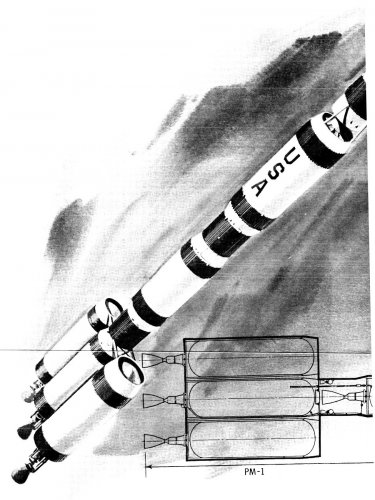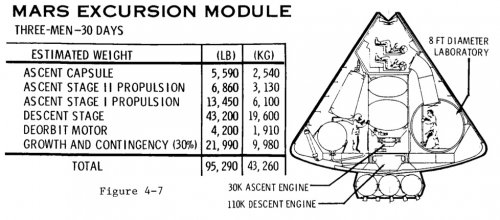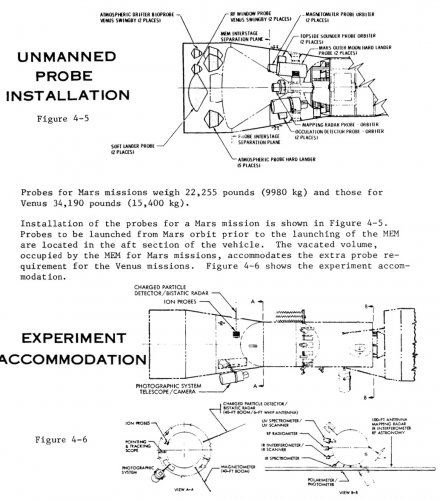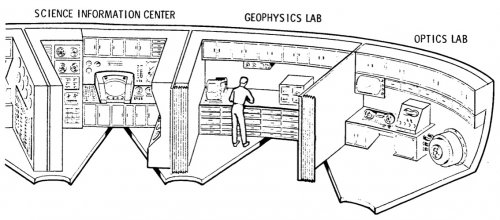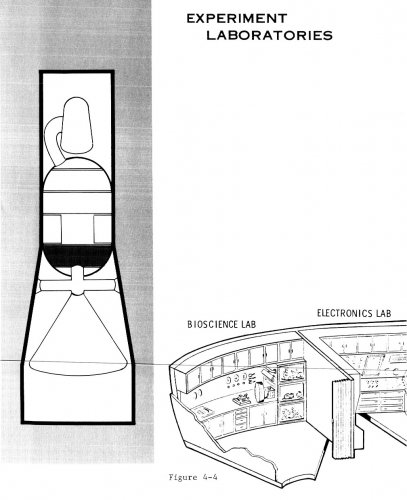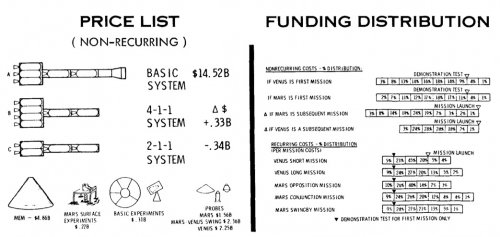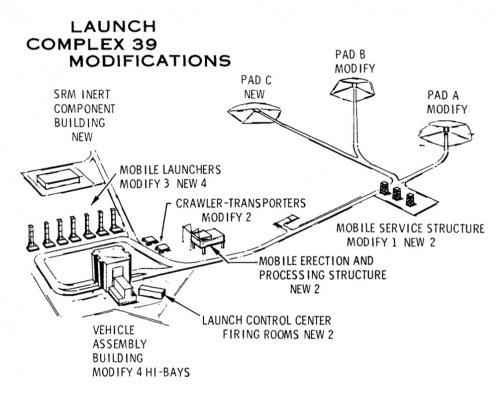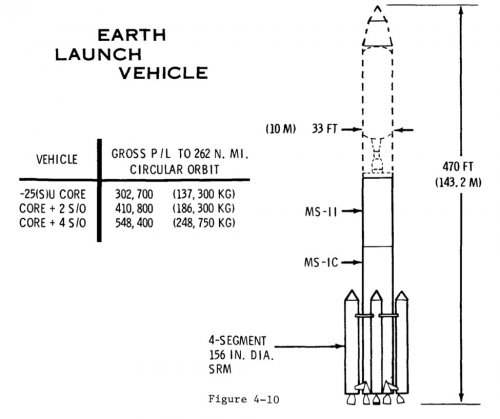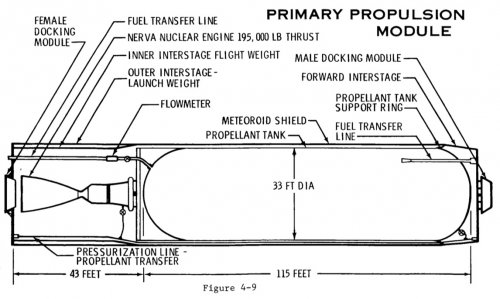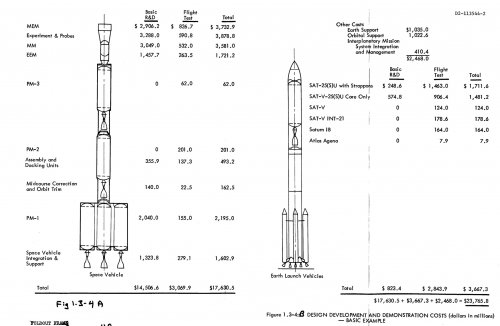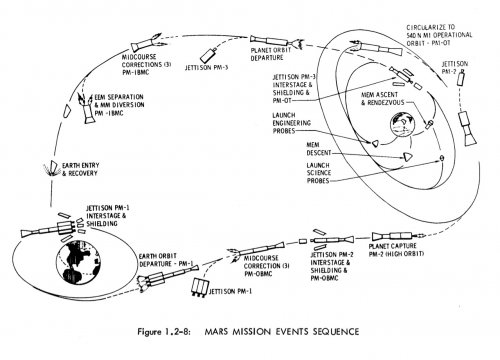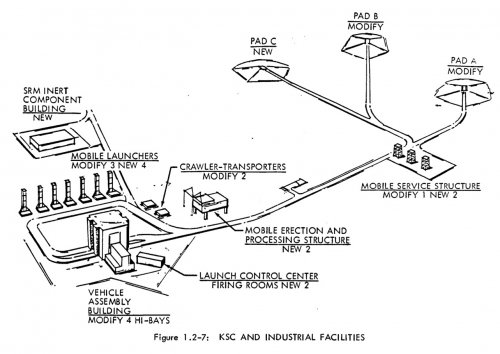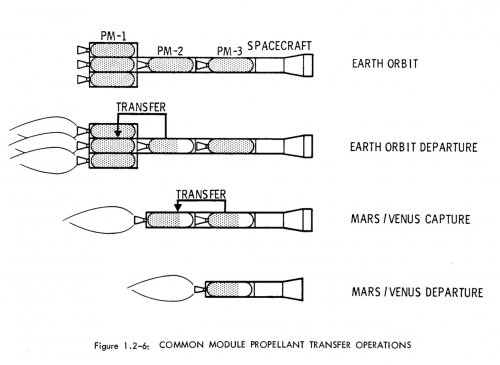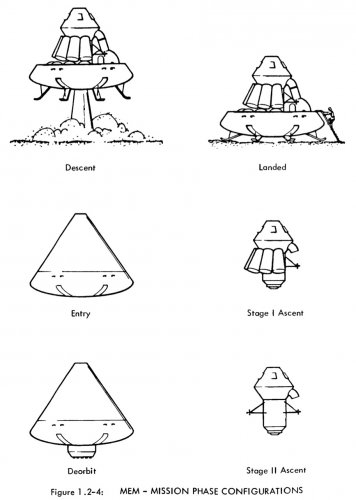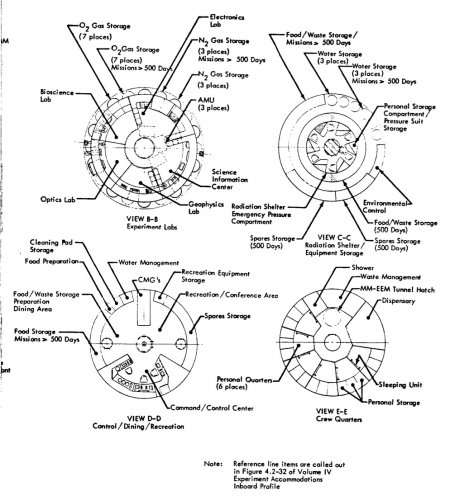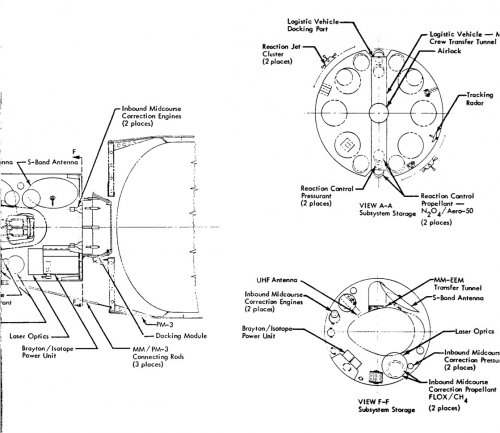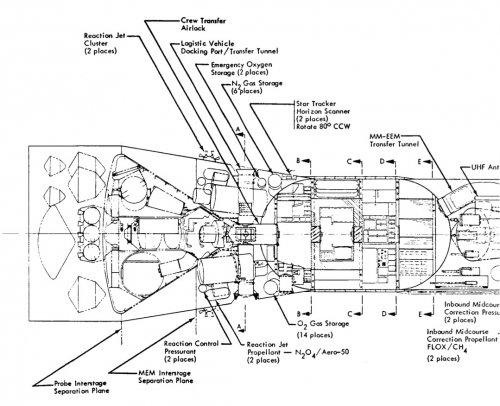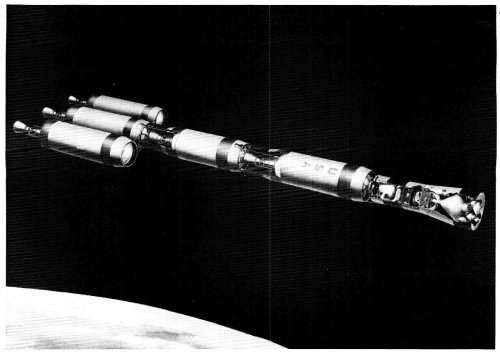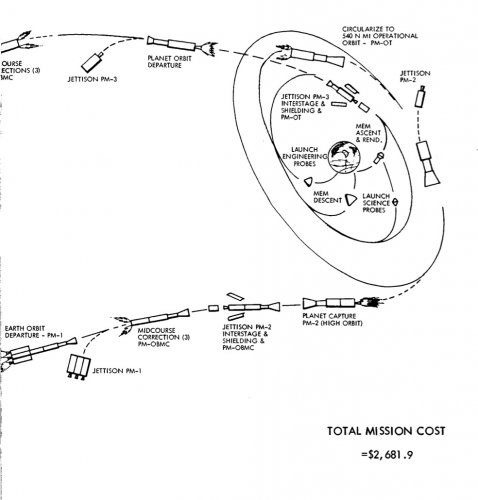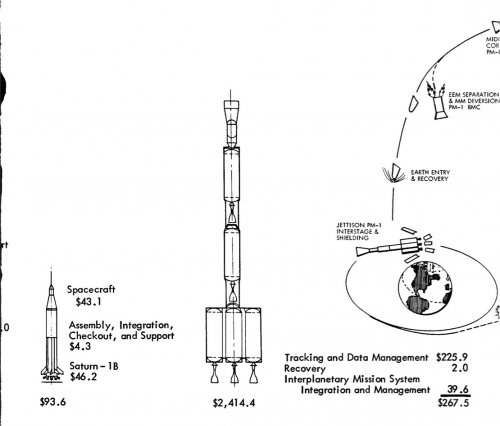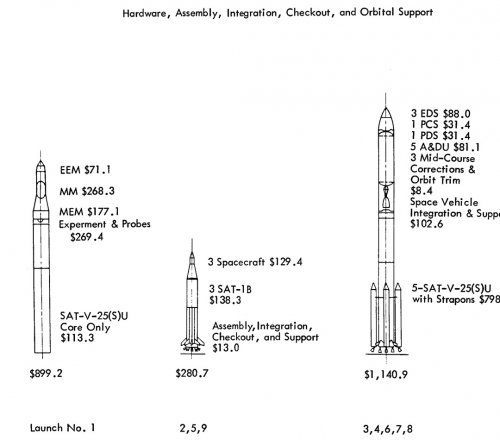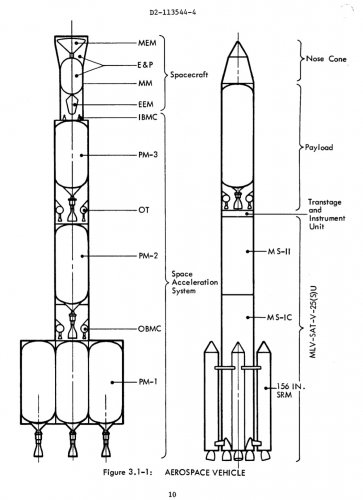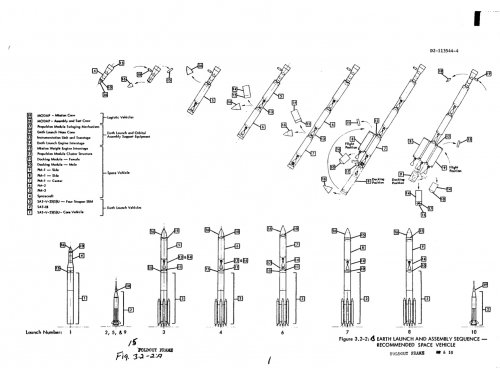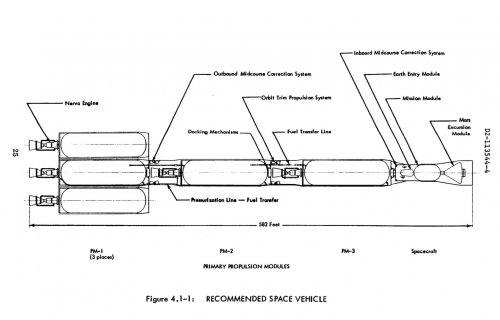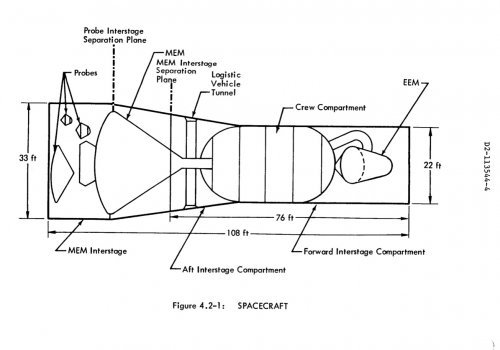The six volumes of reports for the Boeing Integrated Manned Interplanetary Spacecraft (IMIS) for a manned mission to Mars are available on the NASA Technical Reports Server.
Boeing, Integrated Manned Interplanetary Spacecraft Concept Definition, Final Report Vol.1, Summary, January, 1968
http://ntrs.nasa.gov/archive/nasa/casi.ntrs.nasa.gov/19680009769_1968009769.pdf
Boeing, Integrated Manned Interplanetary Spacecraft Concept Definition, Final Report Vol.2, System Assessment & Sensitivities, January, 1968
http://ntrs.nasa.gov/archive/nasa/casi.ntrs.nasa.gov/19680009673_1968009673.pdf
Boeing, Integrated Manned Interplanetary Spacecraft Concept Definition, Final Report Vol.3(a), Systems Analysis (Missions & Operations), January, 1968
http://ntrs.nasa.gov/archive/nasa/casi.ntrs.nasa.gov/19680009770_1968009770.pdf
Boeing, Integrated Manned Interplanetary Spacecraft Concept Definition, Final Report Vol.3(b), Systems Analysis (Experiment Program), January, 1968
http://ntrs.nasa.gov/archive/nasa/casi.ntrs.nasa.gov/19680009780_1968009780.pdf
Boeing, Integrated Manned Interplanetary Spacecraft Concept Definition, Final Report Vol.4, System Definition, January, 1968
http://ntrs.nasa.gov/archive/nasa/casi.ntrs.nasa.gov/19680009779_1968009779.pdf
Boeing, Integrated Manned Interplanetary Spacecraft Concept Definition, Final Report Vol.5, Plans & Costs, January, 1968
http://ntrs.nasa.gov/archive/nasa/casi.ntrs.nasa.gov/19680010368_1968010368.pdf
Boeing, Integrated Manned Interplanetary Spacecraft Concept Definition, Final Report Vol.6, Cost Effective Subsystem Selection & Evolutionary Development, January, 1968
http://ntrs.nasa.gov/archive/nasa/casi.ntrs.nasa.gov/19680009778_1968009778.pdf
Boeing, Integrated Manned Interplanetary Spacecraft Concept Definition, Final Report Vol.1, Summary, January, 1968
http://ntrs.nasa.gov/archive/nasa/casi.ntrs.nasa.gov/19680009769_1968009769.pdf
Boeing, Integrated Manned Interplanetary Spacecraft Concept Definition, Final Report Vol.2, System Assessment & Sensitivities, January, 1968
http://ntrs.nasa.gov/archive/nasa/casi.ntrs.nasa.gov/19680009673_1968009673.pdf
Boeing, Integrated Manned Interplanetary Spacecraft Concept Definition, Final Report Vol.3(a), Systems Analysis (Missions & Operations), January, 1968
http://ntrs.nasa.gov/archive/nasa/casi.ntrs.nasa.gov/19680009770_1968009770.pdf
Boeing, Integrated Manned Interplanetary Spacecraft Concept Definition, Final Report Vol.3(b), Systems Analysis (Experiment Program), January, 1968
http://ntrs.nasa.gov/archive/nasa/casi.ntrs.nasa.gov/19680009780_1968009780.pdf
Boeing, Integrated Manned Interplanetary Spacecraft Concept Definition, Final Report Vol.4, System Definition, January, 1968
http://ntrs.nasa.gov/archive/nasa/casi.ntrs.nasa.gov/19680009779_1968009779.pdf
Boeing, Integrated Manned Interplanetary Spacecraft Concept Definition, Final Report Vol.5, Plans & Costs, January, 1968
http://ntrs.nasa.gov/archive/nasa/casi.ntrs.nasa.gov/19680010368_1968010368.pdf
Boeing, Integrated Manned Interplanetary Spacecraft Concept Definition, Final Report Vol.6, Cost Effective Subsystem Selection & Evolutionary Development, January, 1968
http://ntrs.nasa.gov/archive/nasa/casi.ntrs.nasa.gov/19680009778_1968009778.pdf

